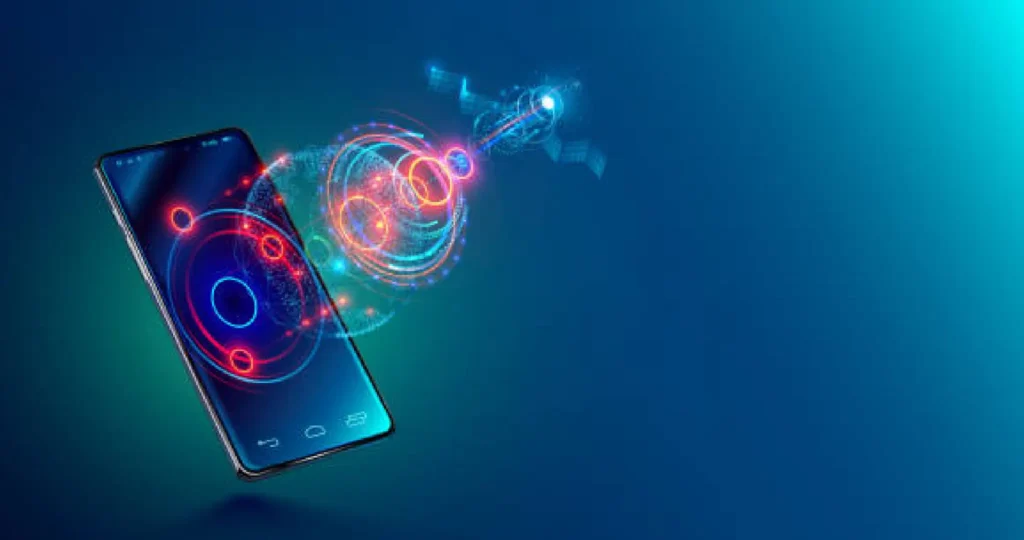Imagine embarking on an adventure in the wilderness, far from the nearest cell tower, and something unexpected happens. Or imagine yourself in a disaster area where the traditional telephone network is down. In such a scenario, a smartphone with satellite connectivity turns from just a phone to a lifeline, guiding you through the darkness when all else fails.
What is a satellite connection?
Satellite connectivity allows smartphones to communicate directly with Earth-orbiting satellites, even when traditional cellular networks cannot reach them.
structure
If you are in an area where cell phone service is not available, your smartphone can switch to satellite mode. Here’s a breakdown of the process:
- direct connection: The phone sends the signal directly to the satellite overhead. A clear view of the sky is essential for this to work. Obstacles such as tall buildings or dense trees can prevent the connection.
- signal relay: When a mobile phone signal reaches a satellite, it is reflected back to a ground station, which acts as a bridge to connect to the regular telephone network or the Internet. This allows you to send messages and possibly make phone calls.
Target device
Not all smartphones have satellite connectivity. Currently, the following models are known to support this feature:
apple iphone series
- iPhone 14 or later: All variants including Pro and Pro Max support emergency SOS via satellite.
huawei
- huawei mate 60 pro: This model allows easy satellite calls.
samsung
- galaxy device: No official Galaxy device has confirmed support yet, but reports suggest that the Galaxy S25 may include this feature.
google pixel
- Google Pixel 9 series: This includes the Pixel 9, Pixel 9 Pro, Pixel 9 Pro XL, and Pixel 9 Pro Fold, all of which support satellite connectivity via Satellite SOS.
Android devices with specific chipsets
- Snapdragon 8 Gen 2 or later: Devices equipped with this processor may provide two-way satellite messaging.
Features of satellite connection
- Emergency SOS: This feature allows users to send distress calls and share their location with emergency services.
- text messaging: In addition to emergencies, some services offer regular text messaging, but may incur subscription fees or per-message charges after an initial free period.
- subscription model: Initially, companies like Apple provide emergency services for free. However, charges may apply for broader usage, such as messaging and data. T-Mobile is also exploring ways to integrate satellite connectivity into regular plans.
wider deployment
The rollout of satellite connectivity is currently underway, with major companies like Apple, Google, and SpaceX’s Starlink working to make the technology more accessible. Starlink and T-Mobile’s partnership points to a future where data services will also be available, potentially turning remote dead zones into connected areas.
The importance of satellite connectivity
Satellite connectivity for smartphones is more than just a technological advancement. This is an important step in ensuring that you can communicate regardless of location. As this technology evolves, it is expected to become more affordable, widely available on different phone models, and user-friendly. Currently it primarily addresses emergency needs, but in the near future we may be able to chat and send messages from anywhere on the planet, even remotely.


